Travelogue – Highlights of Day 5 – Rapa Nui:
Rano Raraku Crater and Lake, Papa Vaka Petroglyphs and Garden and Paro the fallen Moai at Te Pito Kura
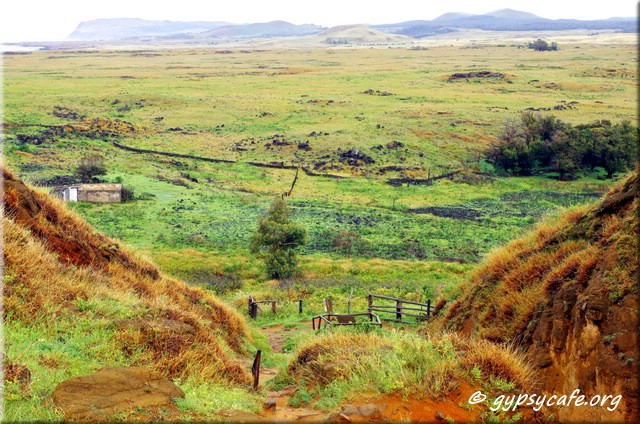
Day 5 (Part 1)
I woke up at about 3am and something was amiss. It was quiet outside. The stormy weather had died down. This could just be a lull I thought, but what if it holds? I reset my alarm and went back to sleep, holding thumbs.
I was up early. It was still dark, but everything seemed calm outside. The owner of the B&B had a full-time tenant who worked at Rano Rarako and I was hoping he would give me a lift with the aim to hike from there right around the north coast.
Considering the forecast I knew it was a bit ambitious, but at the very least I would get to see the inside of the crater behind the quarry at Rano Raraku, which I didn’t see the day before.
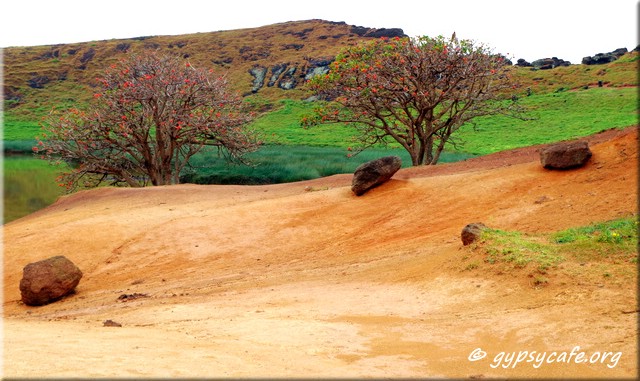

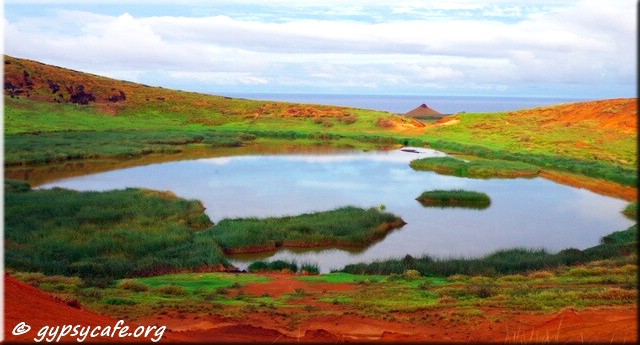

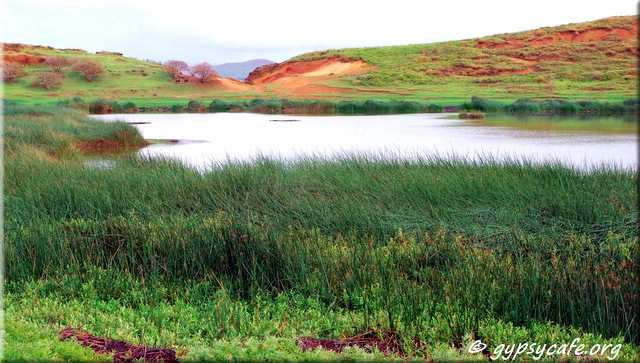

The weather remained clear and it was turning out different than expected. After about two hours (with one hour being completely on my own) in and around the crater I prepared to set off for my journey around the Rapa Nui north coast.
Walking past Tongariki again, I continued along the main coastal road which then led me to eventually find myself behind the crater (in the distance, in the picture below) where I had been an hour or so before.
As I walked along the road some friendly locals stopped in a pick-up truck, saying in Spanish: “Amigo, where are you going? Can we give you a ride?” I thanked them for the offer and explained that I’m enjoying my walk and prefer to see how far I can go on my own. Several rental cars also passed me by.
I soon came across Rapa Nui horses grazing amongst yellow flowers of a lethal kind. The evening before it was explained to me by Victoria, a Chilean guest at the B&B, that these flowers are the reason why some of the horses have been dying on the island.
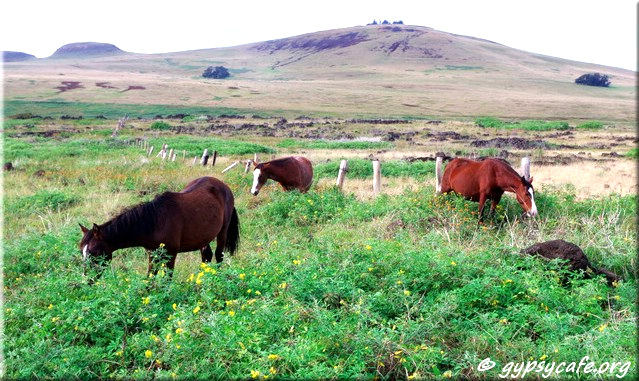
Further on I reached an archaeological site resembling a mini botanic garden, where I walked the paths and read the information boards.
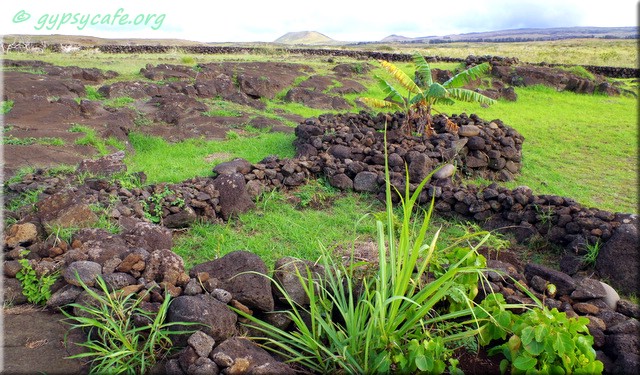
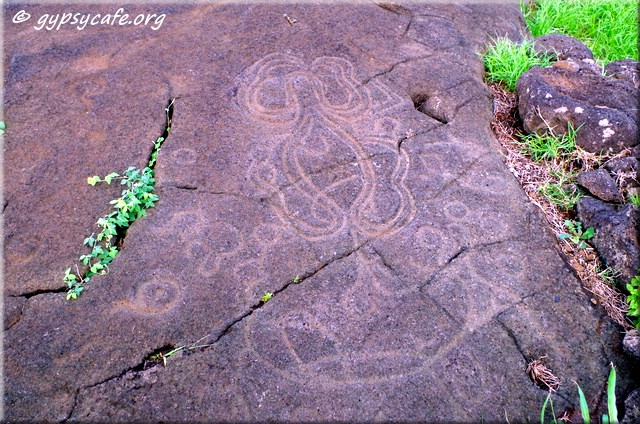
The next site I stumbled upon was that of a huge “fallen” moai, apparently toppled from its platform very many years ago.

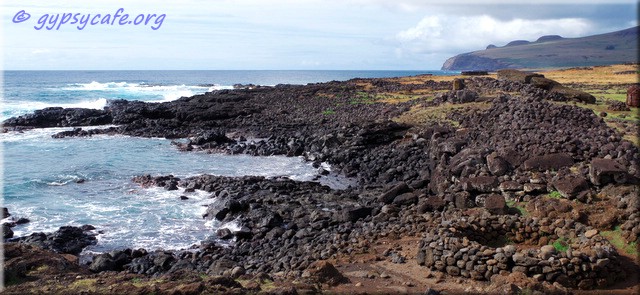
Exploring Easter Island (June 2015)
Photographs and text by Jean-Jacques Montagnier
Copyright © 2015 – All Rights Reserved – Gypsy Café
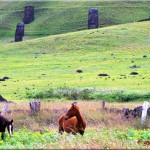
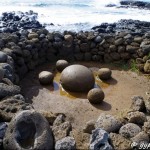
6 Comments
A very vivid report with beautiful photos – thanks for sharing your experiences of discovering that amazing island, Jacques!
Thanks for visiting and commenting Wolfgang! Glad you enjoyed the pictures and the description.
Beautiful pictures! Looks like an amazing place.
Thank you for commenting JC – glad you like the pictures!
Yes, it’s a place well-worth visiting. It being so remote
and also having so may points of interest caused me to make
extra effort with blogging about it. I think we can learn
something from a place like Easter Island, in relation to
resource management and conservation. I might write about
that later in one of the columns. I’ll have one more post
up about Easter Island in the next couple of days.
Thanks for visiting!
Hello there Jaques, Thank you for these interesting images and text. I’m thoroughly enjoying your experiences. Warm regards.
Hello Diana – great hearing from you and thank you for visiting and commenting!
Blessings and warm regards from afar.
Jacques